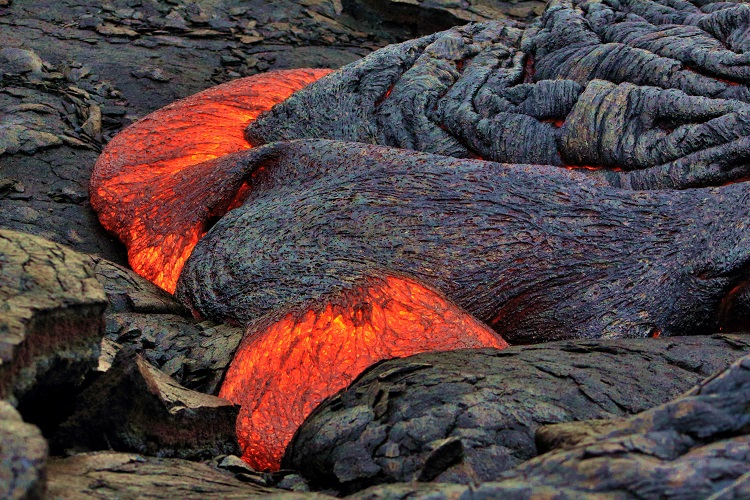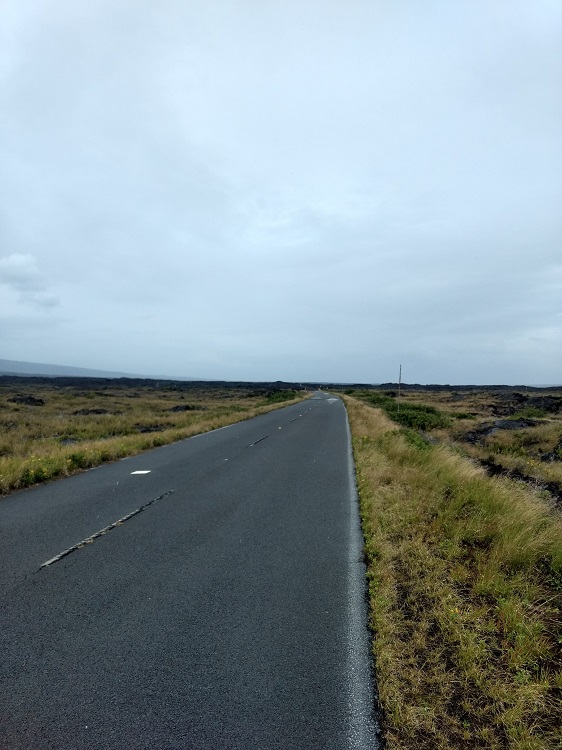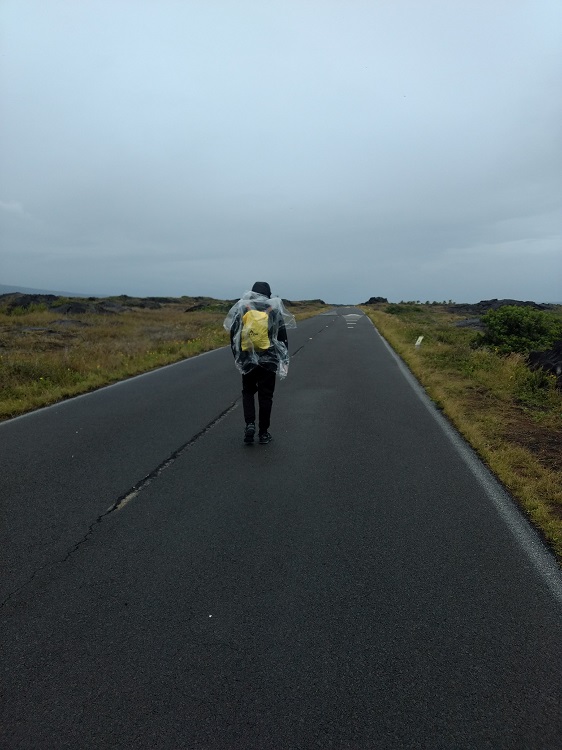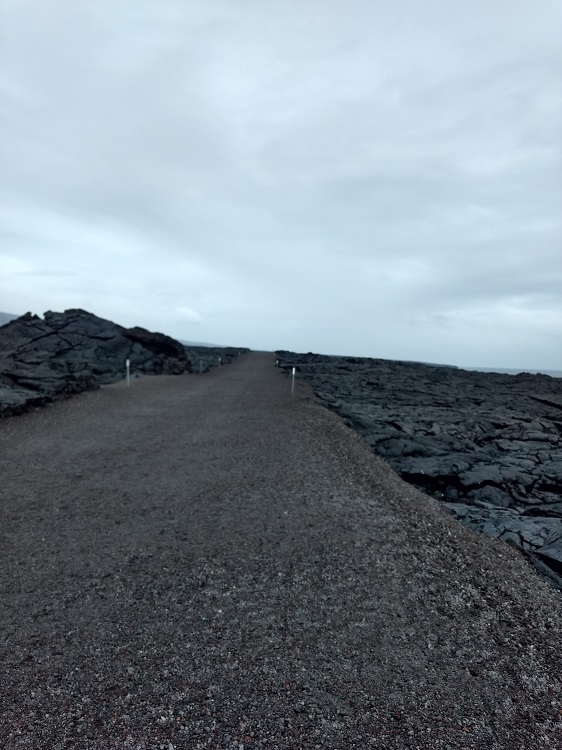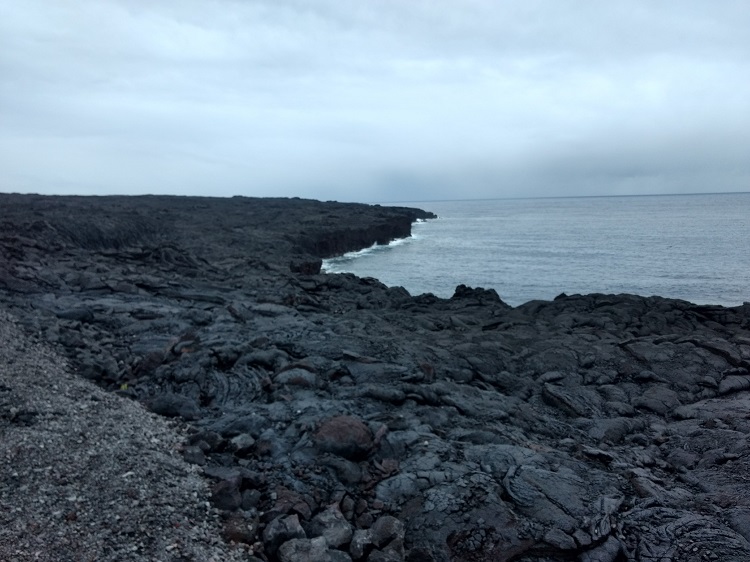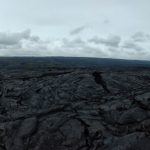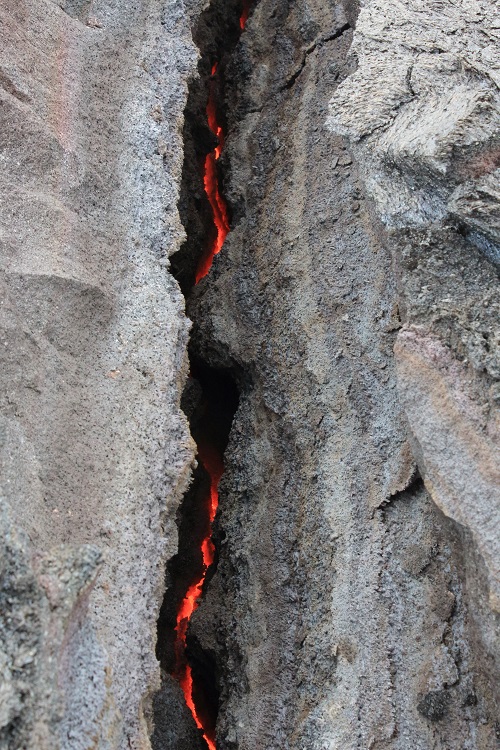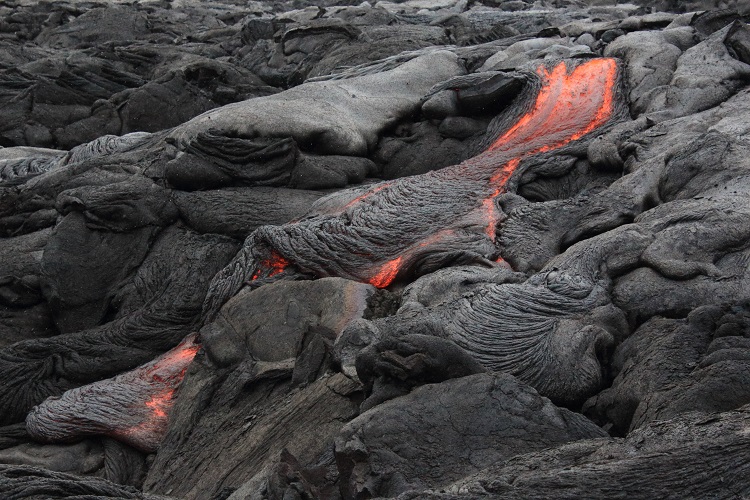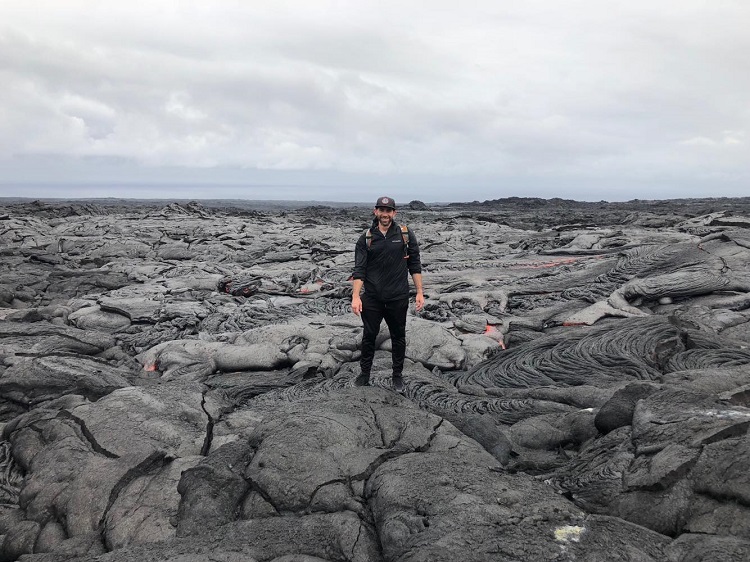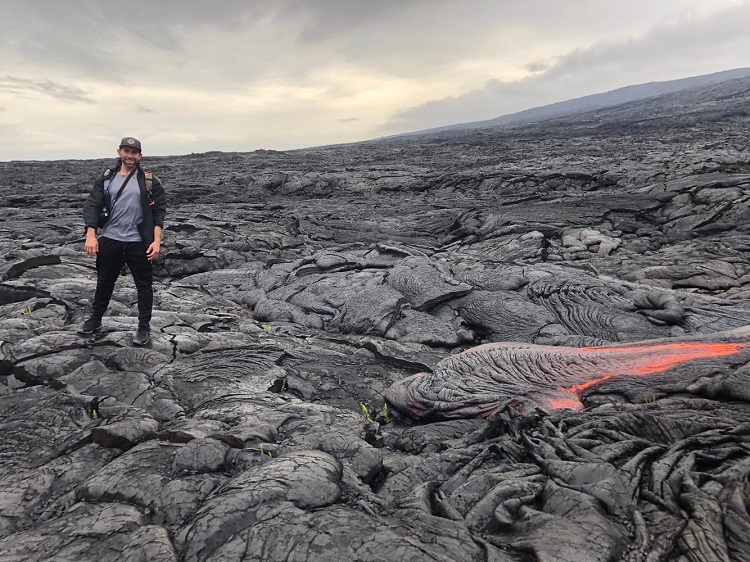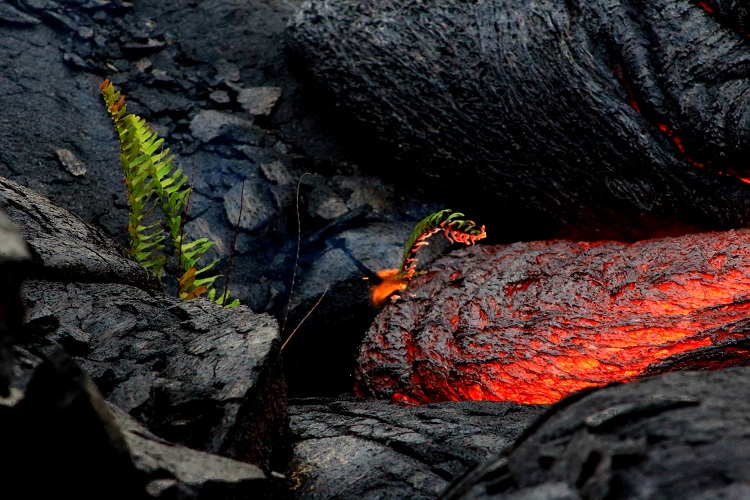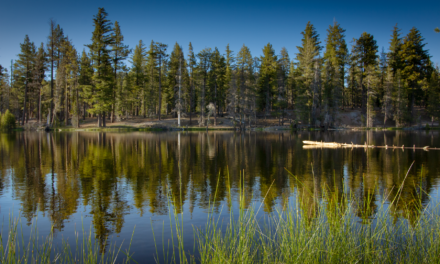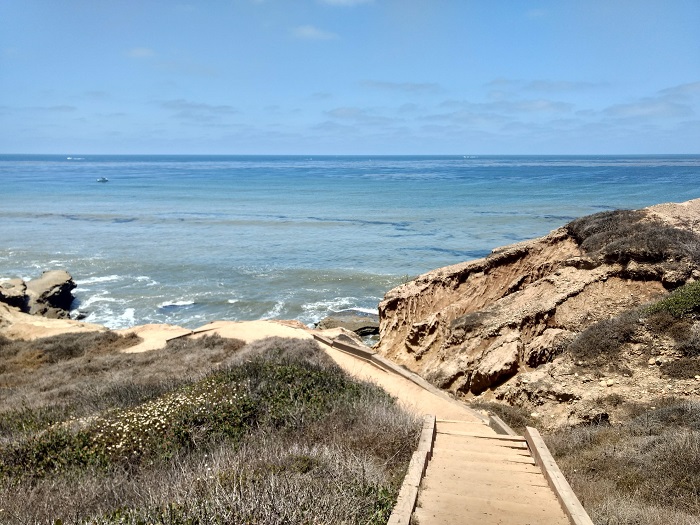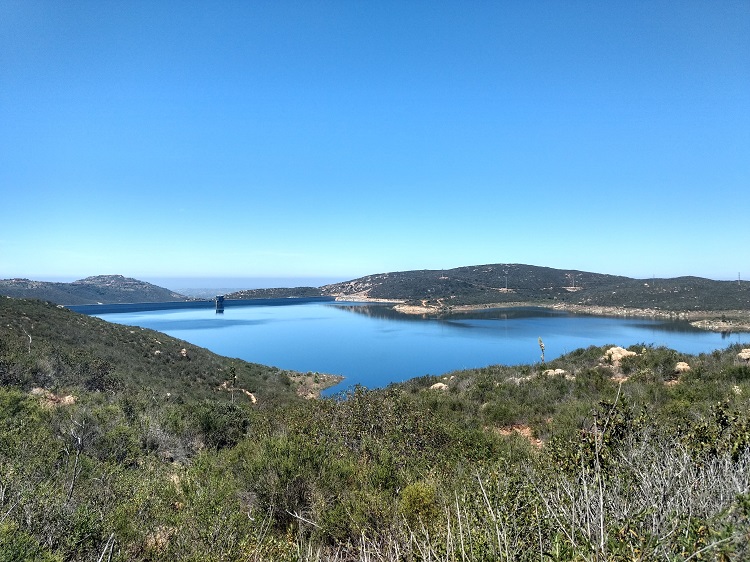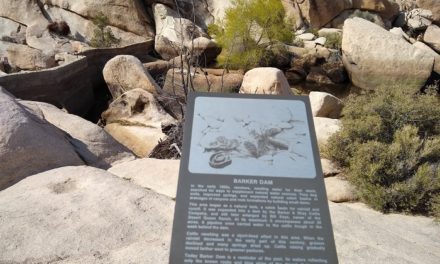Hiking To Kilauea Lava Flow
Updated 1/26/2019: Kilauea volcano is not currently erupting. Please check back for new updates in regards to the possibility of hiking to active portions of the volcano. Should the volcano become active, the hiking trail will be updated. This is a highly recommended trail in the event of an active eruption.
The Kilauea Lava Flow hike on the Big Island of Hawai’i is one of the most incredible hikes I could recommend. I give caution though, this hike isn’t easy. It’s physically and mentally exhausting. However, the reward is incredibly worth it. Volcano eruptions from Kilauea volcano are for the most part, exceptionally peaceful. Most of the lava flows ooze at a slow pace of no more than about 100 feet per day. It’s hard for me to describe the experience of standing in front of hot lava but I’m going to try.
The warmth of the lava is like nothing else I’ve ever experienced. My girlfriend and I described it as something like what it must feel like being a rotisserie chicken. If the wind is blowing off the lava directly at you, it’s literally blowing super heated air directly on to your body. The glow of the lava is anywhere from a dark red to bright yellow. It’s almost hypnotizing watching the lava spread across the earth. Gases are frequently released giving lava an odd odor.
When hiking out to a fresh lava field, it is very important to be mindful of where your feet are. Some hardened rocks are just a few hours old. Beneath that new rock flowing lava still sits several feet below the surface, Some places where you stand can be hot enough to melt bottom of your shoes. The Kilauea Lava Flow hike is a difficult one, but if you’re looking for a huge reward, please consider this hike.
Do you have any updates to the hiking trail or want to share your hike/pictures? Please leave a comment below.
- Overall Difficulty 90%
- Overall Views 100%
Kilauea Lava Flow Hike Quick Facts:
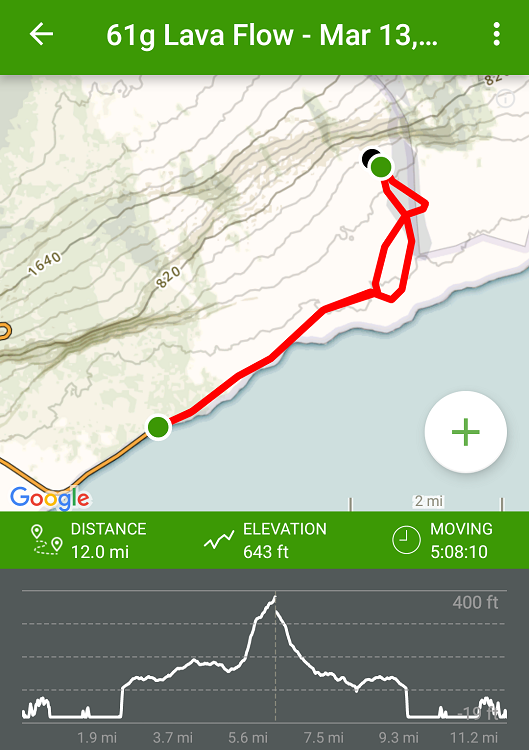 Elevation: 643 feet.
Elevation: 643 feet.- Elevation Gain: About 400 feet.
- Estimated Distance: 9-13 miles; the actual mileage is difficult to determine. The flows are always changing directions an a very large coastal plain/peninsula. For eruption updates check with the United States Geological Survey who posts regular updates on the volcano activity within the park.
- My Actual Distance: 12 miles.
- Estimated Time: 6-8 hours.
- My Time: 5:08.
Directions To Kilauea Lava Flow Hike:
Kilauea Lava Flow Hike Pictures:
- Beginning of the hike on Chain Of Craters Road.
- I’m wearing my Teton Oasis Hydration Pack and covered by a poncho to keep dry from the pouring rain. This hike left me drenched.
- The paved road gives way to gravel.
- Ocean on one side.
- This terrain is what makes the hike so difficult and hard to find the active lava.
- Watch where you step. Shoes have been known to melt on the trail.
- The hike is wort the reward.
- The heat from the lava standing downwind is almost unbearable.
- Lava vs. fern.
Who The Kilauea Lava Flow Hike Is For:
Advanced Hikers: This will be a challenging hike that will wear you down but is well worth the reward. Hiking to lava is an incredible thing to see. Bring at least 2-3L of water and a decent amount of food. The nearest restaurant is over 20 miles away.
Expert Hikers: For expert hikers, the uneven rolling terrain of the lava will be a challenge for you. As long as you have at least 2-3L of water and food to fuel your body, you will be fine.
It’s always a good idea to be aware of what type of hiking level you’re at.
Best Time Of Year To Hike Kilauea Lava Flow Hike:
Kilauea Lava Flow Hike Trail Conditions:
Newly formed lava has a silver appearance to it. However, it is still very difficult to see from a distance and among a sea of black hardened lava. We thought that steam coming from the ground would indicate fresh lava but we were wrong. As rain falls through the cracks in the ground until it eventually gets to super heated rocks below the surface and creates steam. We honestly got a little lost because of this. It wasn’t until I attached a zoom lens to my camera and looked across the terrain to find some other people several hundred yards away looking at what appeared to be fresh lava through my view finder. Because of this, I highly recommend bringing binoculars; this is a lightly traversed trail and people are difficult to see along the terrain.
Don’t bring old shoes. Hardened lava is very sharp and can wear down new shoes into old ones in just a matter of several hours. Also, be mindful of where you stand or where you set your belongings. Some rocks are warm enough to melt the soles of your shoes as well as any belongings you set on the ground. There are many stories of people who come back with holes in their shoes because of heat form rocks and how sharp they are.
Bring a lot of water. I can’t stress this enough. Conditions are usually hot and humid and you will become dehydrated faster than you think. Also, bring enough food to keep your body going. There might be a small snack stand at the end of the road stocked with junk food but the nearest restaurant is over twenty miles away.
Really think about your gear. There are two things that will make your life miserable on this hike: rain and sun. Bring gear that will help you stay cool as well as protect you from the sun. The trail is completely exposed to all elements and the last thing you want is coming back with the worst sunburn of your life. Also, consider bringing something to keep the rain off you. It rained nearly the entire seven hours that I was on the trail and if I didn’t have a plastic parka, I would have been completely drenched.

